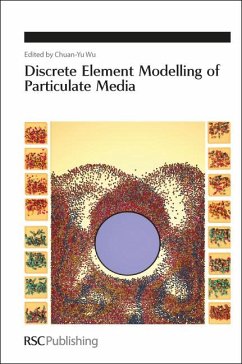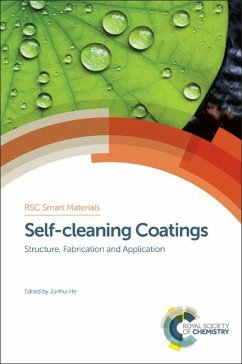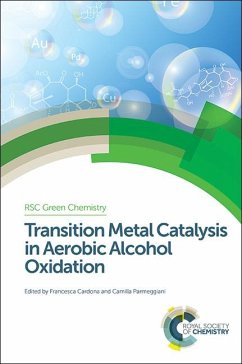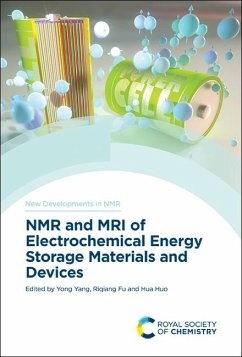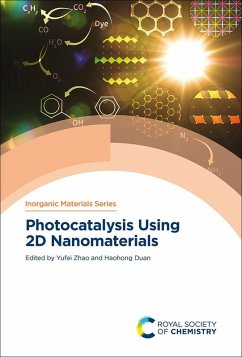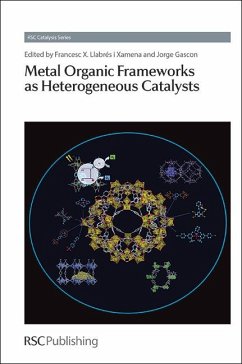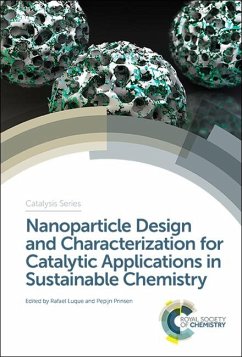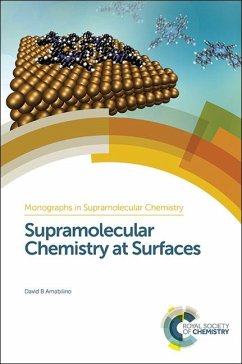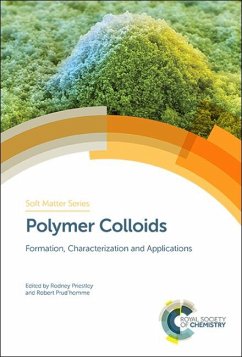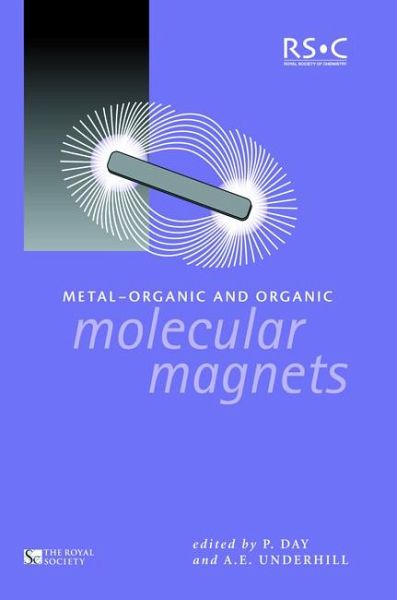
Metal-Organic and Organic Molecular Magnets (eBook, PDF)

PAYBACK Punkte
41 °P sammeln!
Traditionally, magnetic materials have been metals or, if inorganic compounds such as oxides, of continuous lattice type. However, in recent years chemists have synthesized increasing numbers of crystalline solids based on molecular building blocks in the form of coordination and organometallic complexes or purely organic molecules, which exhibit spontaneous magnetization. In striking contrast to conventional magnets, these materials are made from solutions close to room temperature rather than by metallurgical or ceramic methods. This book, which originates from contributions to a Discussion ...
Traditionally, magnetic materials have been metals or, if inorganic compounds such as oxides, of continuous lattice type. However, in recent years chemists have synthesized increasing numbers of crystalline solids based on molecular building blocks in the form of coordination and organometallic complexes or purely organic molecules, which exhibit spontaneous magnetization. In striking contrast to conventional magnets, these materials are made from solutions close to room temperature rather than by metallurgical or ceramic methods. This book, which originates from contributions to a Discussion Meeting of The Royal Society of London, brings together many of the leading international practitioners in the field, who survey their own recent work and place it in the context of the wider fields of magnetism and supramolecular chemistry. All aspects of molecular-based magnets are addressed, including synthesis, structure-property relations and physical properties. Contents include details of the characterization of the first purely organic ferromagnet, the synthesis of high coercivity materials and a unique description of new materials with Curie temperatures well above ambient. A coherent survey of this rapidly developing field for the more general reader, Metal-Organic and Organic Molecular Magnets will also be welcomed by researchers and lecturers in materials science and inorganic or solid state chemistry.
Dieser Download kann aus rechtlichen Gründen nur mit Rechnungsadresse in A, D ausgeliefert werden.




